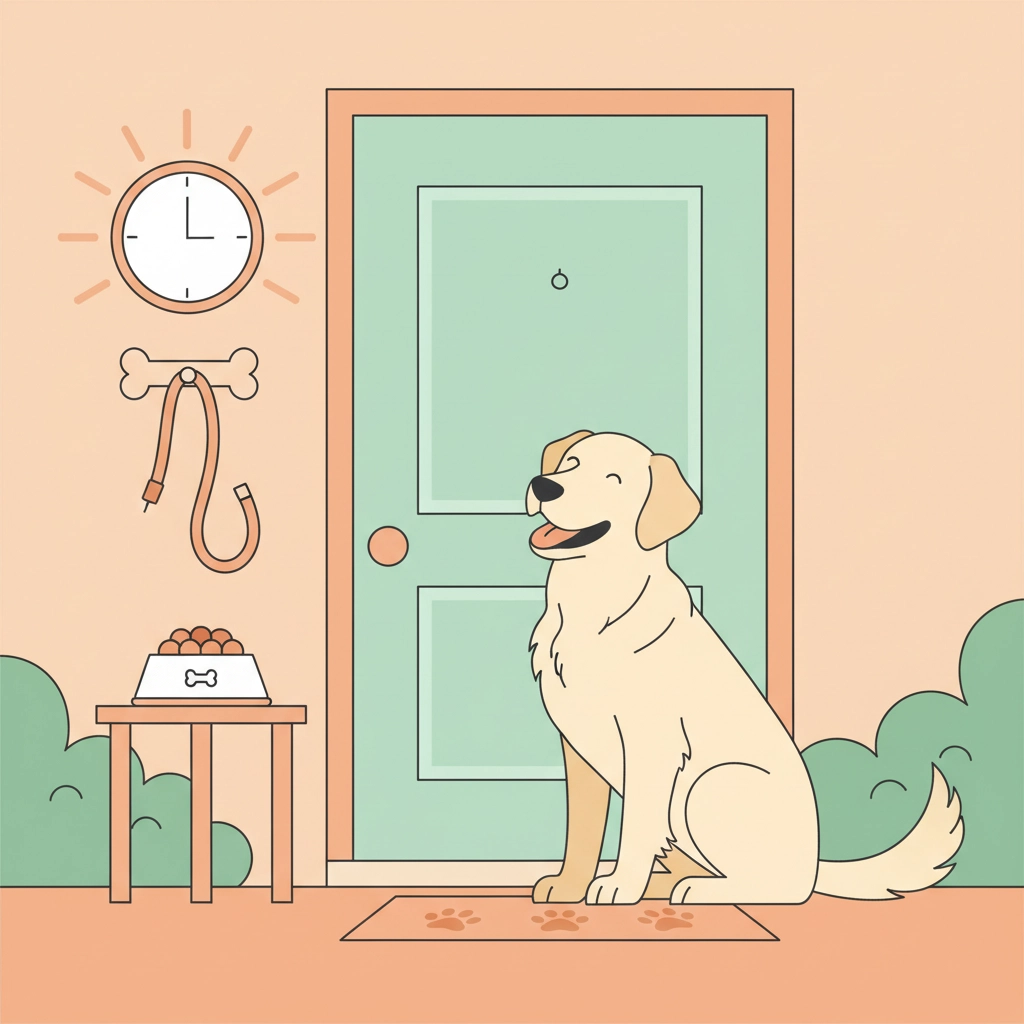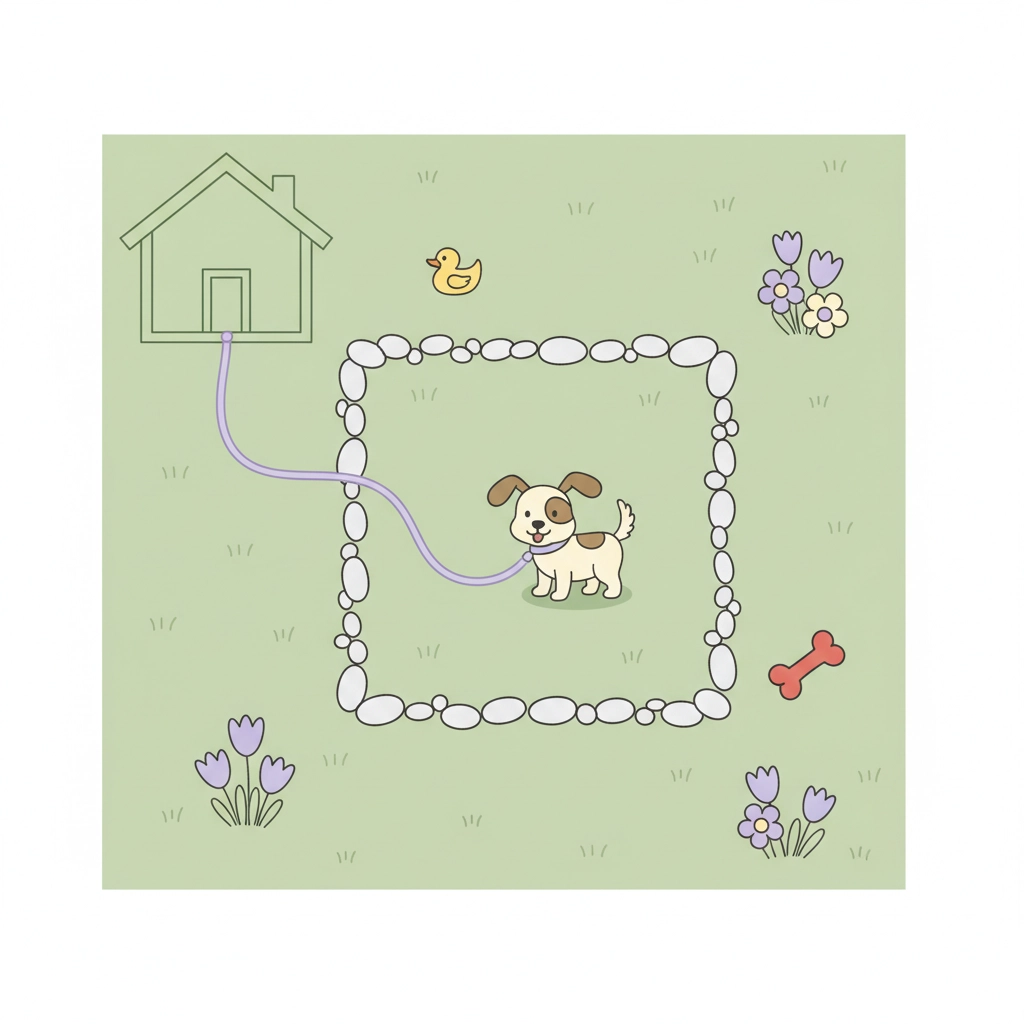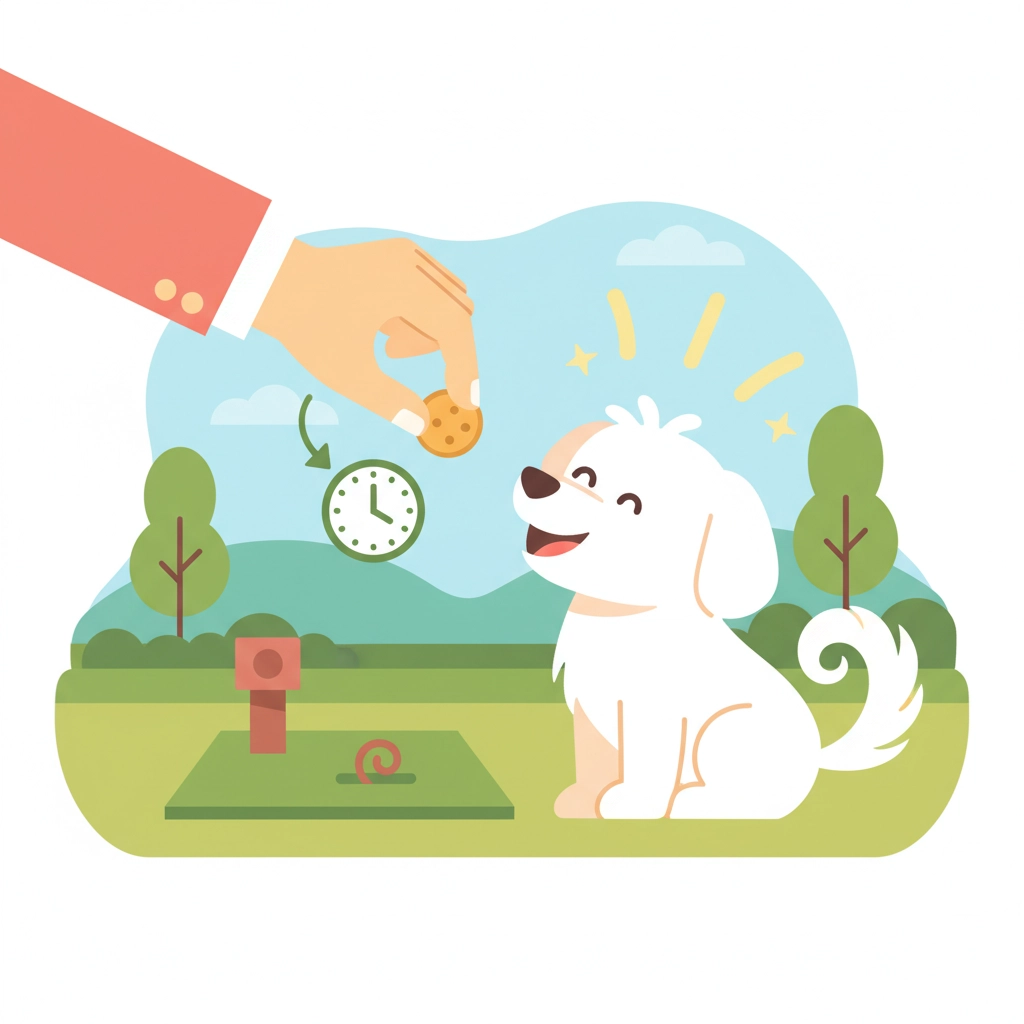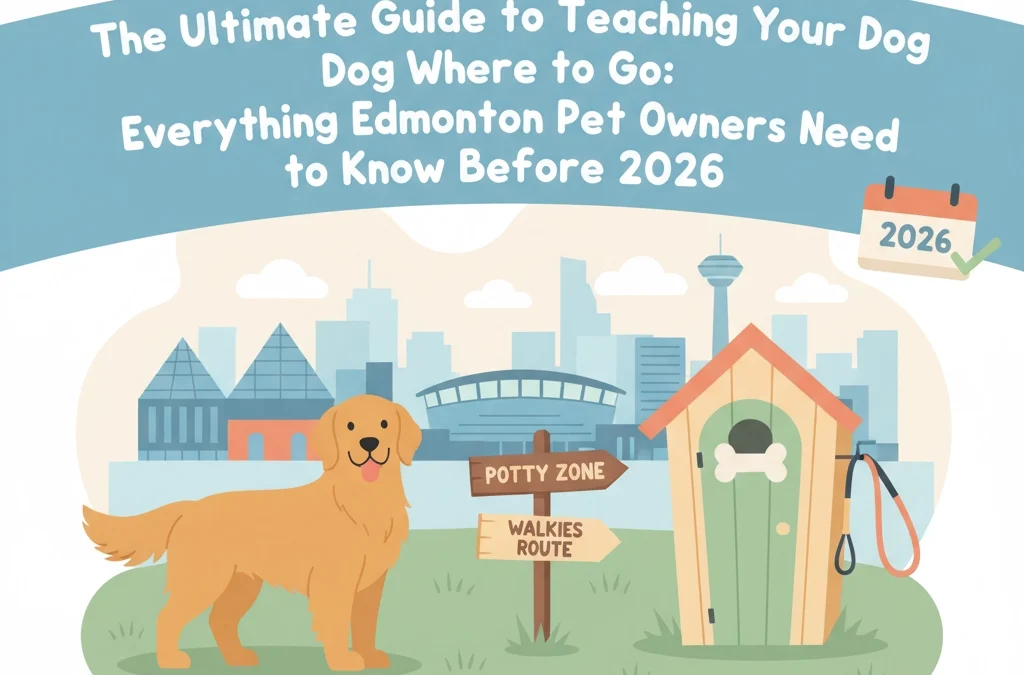Potty training your dog doesn't have to feel overwhelming, even with Edmonton's unique weather challenges ahead. Whether you're welcoming a new puppy or helping an adult dog adjust to your home, success comes down to consistency, patience, and understanding what your furry friend needs. With winter approaching and unpredictable Prairie weather patterns, having a solid potty training plan becomes even more crucial for both you and your dog's comfort.
Start with a Rock-Solid Routine
Your daily routine becomes your dog's roadmap to success. Dogs thrive on predictability, so establish consistent feeding times, regular potty breaks, and structured exercise periods. This isn't just helpful, it's essential for the first few weeks of training.
Here's how to build that foundation:
- Take your dog out first thing every morning, immediately after they wake up or exit their crate
- Schedule potty breaks after meals, naps, and before bedtime
- Use the same door to go outside every single time
- Head straight to your designated potty spot without detours
The key is eliminating guesswork from your dog's day. When they know what to expect and when, their body naturally develops a rhythm that works with your schedule.

Master the 10-10-10 Rule
This game-changing technique involves 10 minutes in the yard, 10 feet of designated potty area, and 10 minutes of close supervision. Even if you have a fenced yard, always use a leash during potty time. This might seem unnecessary, but it serves two crucial purposes.
First, the leash guides your dog to the same small area every time. While your yard offers dozens of distractions like interesting smells, toys, and places to explore, your potty area should be exclusively for business. Second, keeping your dog leashed until after they eliminate lets you use yard access as a powerful reward. Dogs with empty bladders get to play and explore freely; dogs with full bladders stay focused in the potty zone.
When your timer goes off, leash up and head out, even if your dog doesn't seem interested. Consistency builds habits faster than waiting for perfect timing.
Choose Your Spot and Stick With It
Select one specific area of your yard for elimination and use it religiously. This spot should be easily accessible year-round (remember, Edmonton winters can make some areas of your yard challenging to reach), relatively private, and somewhere you don't mind cleaning regularly.
Take your dog to this exact location every single time. Use a consistent command like "go potty" or "do your business" each time you arrive. Your dog will start associating both the location and the verbal cue with the act of eliminating, making the process much smoother.
Perfect Your Reward Timing
The moment, and we mean the exact moment, your dog finishes eliminating in the right spot, celebrate like they just won the lottery. Use treats, enthusiastic praise, gentle petting, or whatever makes your dog happiest. This immediate positive reinforcement creates a crystal-clear connection between the behavior and the reward.
Many dog owners make the mistake of waiting until they get back inside to give treats. By then, your dog has forgotten what earned the reward. Keep treats in your pocket or by the door so you're ready to celebrate success instantly.

Handle Accidents Like a Pro
Accidents will happen, expect them and don't take them personally. When you discover a mess, clean it thoroughly with an enzymatic cleaner specifically designed for pet accidents. Regular household cleaners won't eliminate the odor that attracts dogs back to the same spot.
Never scold or punish your dog for accidents, especially if you didn't catch them in the act. This creates fear and confusion, often making dogs afraid to eliminate in front of you. Instead, simply clean up and recommit to more frequent potty breaks or closer supervision.
If you do catch your dog in the middle of an accident, interrupt them with a sharp "no" or clap, then immediately take them outside to finish in the appropriate spot. Reward them if they complete the elimination outdoors.
Read Your Dog's Body Language
Dogs rarely eliminate without warning: they give signals when nature calls. Learning to recognize these signs helps you prevent accidents and reinforce good habits.
Watch for:
- Sniffing the ground intensively
- Circling or restless pacing
- Whining or subtle vocalizations
- Moving toward the door
- Sudden stops during play or relaxation
The moment you notice any of these behaviors, drop what you're doing and head outside. Even false alarms are better than missed opportunities.
Use Crate Training as Your Secret Weapon
A properly sized crate becomes your dog's safe haven and your potty training ally. Dogs naturally avoid soiling their sleeping area, making crates incredibly effective for preventing accidents when you can't supervise directly.
The crate should be large enough for your dog to stand up, turn around, and lie down comfortably, but not so large they can eliminate in one corner and sleep in another. If you have a puppy who's still growing, use dividers to adjust the space as needed.
Make the crate positive and comfortable with soft bedding and a few favorite toys. Never use it as punishment: it should always be associated with safety and rest.

Navigate Edmonton's Weather Challenges
Our Prairie weather presents unique potty training obstacles. Bitter winter temperatures, sudden storms, and muddy spring conditions can disrupt even the best-established routines. Plan ahead for these challenges:
During severe weather, consider training your dog to use a covered area like a garage or covered patio as a temporary alternative. Some dog owners successfully use patio potty systems or artificial grass patches for emergency situations.
For winter success, keep a clear, salted path to your designated potty area. Invest in booties if your dog struggles with cold or salt on their paws. Remember, shorter but more frequent outings often work better than trying to tough out long periods in harsh conditions.
Troubleshoot Common Setbacks
Every dog learns at their own pace, and setbacks are completely normal. If your dog seems to be regressing, first rule out medical issues by consulting your veterinarian. Urinary tract infections, digestive problems, and other health concerns can disrupt even well-established potty habits.
For behavioral challenges, return to basics. Increase supervision, go back to more frequent potty breaks, and ensure you're rewarding successes consistently. Sometimes dogs need a refresher on the rules, especially during stressful periods or major life changes.
Know When to Seek Professional Help
If you're struggling despite consistent effort, don't hesitate to consult a professional dog trainer. Some dogs have unique challenges that benefit from specialized techniques, and there's no shame in getting expert guidance.
Consider professional help if:
- Your dog is older than six months and still having frequent accidents
- Accidents are increasing rather than decreasing over time
- Your dog seems anxious or fearful around potty training
- You're feeling frustrated or overwhelmed with the process
Build Long-Term Success
Remember that reliable potty training develops gradually. As your dog masters the basics in familiar conditions, you'll need to practice in different situations. This means maintaining good habits during weather changes, schedule disruptions, and visits to new places.
Stay patient and consistent. Every dog eventually succeeds with the right approach, and the effort you put in now will pay dividends for years to come. Soon enough, you'll have a reliably house-trained companion who knows exactly where to go and when: making life more enjoyable for both of you.
The key is remembering that this process is temporary. With consistent effort and the right techniques, you're not just teaching your dog where to eliminate: you're building a foundation of trust and communication that will strengthen your bond for years to come.

